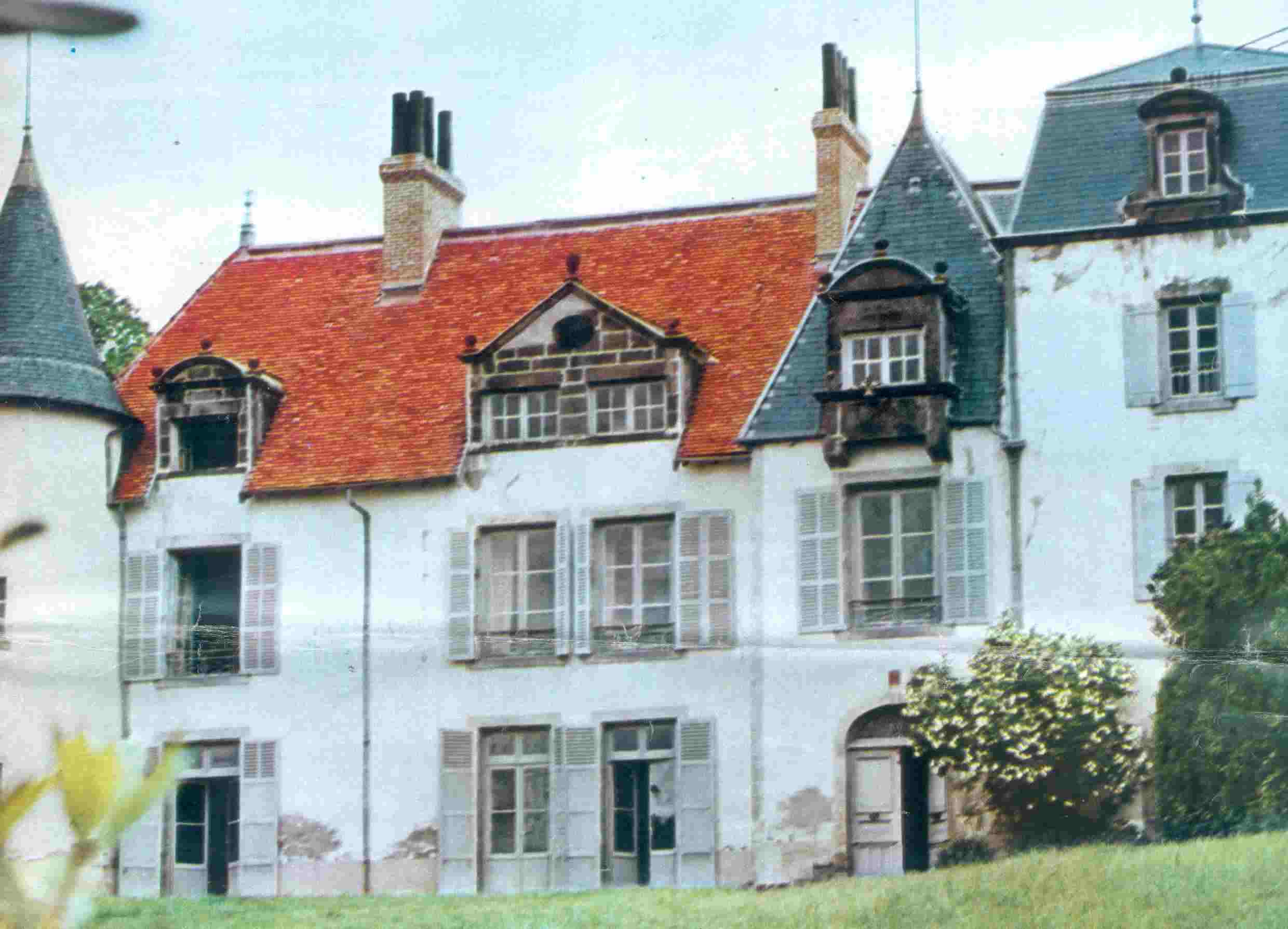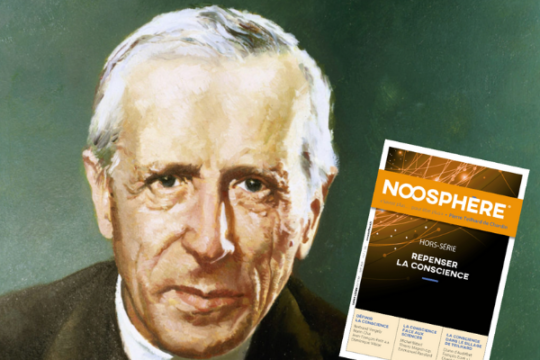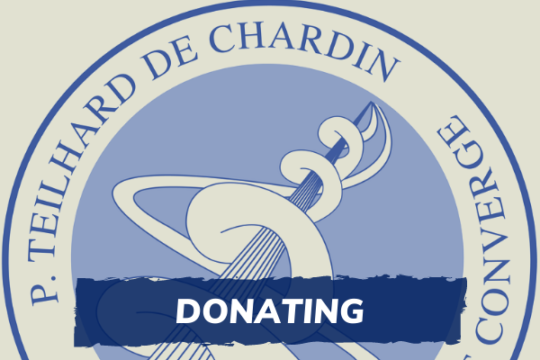
 Born on May 1, 1881 in Auvergne, at the family estate of Sarcenat, Pierre Teilhard de Chardin is the fourth child of a Catholic family of eleven children.
Born on May 1, 1881 in Auvergne, at the family estate of Sarcenat, Pierre Teilhard de Chardin is the fourth child of a Catholic family of eleven children.
He entered the Jesuit college of Mongré, in Villefranche-sur-Saône in 1892, and passed his baccalaureate in philosophy in 1897. Then he started a religious career by joining the Jesuit novitiate in Aix-en-Provence in 1899, and was ordained as a priest twelve years later, in 1911, in Hastings, Sussex since the Jesuit novitiate had been transferred to England under the Third Republic. In the meantime, he spent three years in Egypt from 1905 to 1908 to accomplish his “Regency” by teaching physics and chemistry.

In 1912, he joined the paleontology laboratory of the Museum of Natural History in Paris, under the direction of Professor Marcellin Boule, where he took his first steps as a researcher in human paleontology by working on excavations at Altamira in Spain.
“The Mass on the World”
.


 ‘Académie des Sciences in 1950, he maintained throughout his life a more conflicting relationship with the Roman religious authorities. His philosophical thought, combining science and faith and based on a global approach to the place of Man in the universe, was disturbing and none of his books, apart from the purely scientific publications, were published during his lifetime. They will all be published posthumously thanks to the work of his secretary Jeanne MORTIER who will create the Pierre Teilhard de Chardin Foundation in 1964, Teilhard having bequeathed to her by will all his non-scientific writings in 1951.
‘Académie des Sciences in 1950, he maintained throughout his life a more conflicting relationship with the Roman religious authorities. His philosophical thought, combining science and faith and based on a global approach to the place of Man in the universe, was disturbing and none of his books, apart from the purely scientific publications, were published during his lifetime. They will all be published posthumously thanks to the work of his secretary Jeanne MORTIER who will create the Pierre Teilhard de Chardin Foundation in 1964, Teilhard having bequeathed to her by will all his non-scientific writings in 1951. “The Human Phenomenon”
(completed in 1940, published in 1955), “The Divine Environment” (written in 1927, published in 1957), “Human Energy” (1957), “Man’s Place in Nature” (1965) and
“The Future of Man”
(1958). The entire collection of Teilhard’s works has been published by Le Seuil in 13 volumes.






